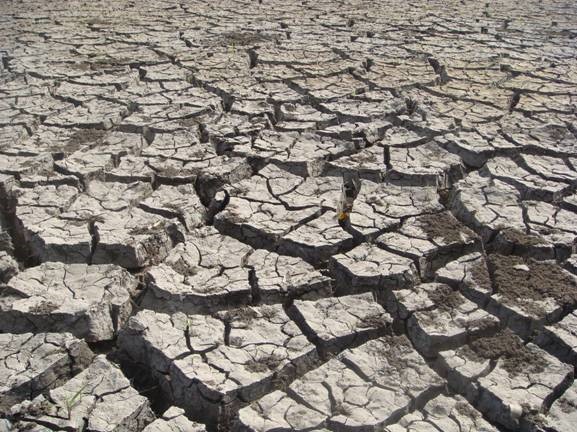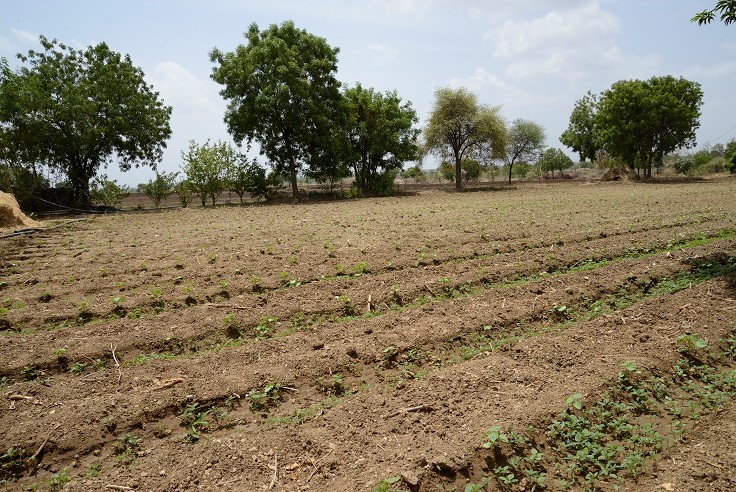
Even if we use our water resources for irrigation, almost half of the farmed land will still be rainfed. Because there is little room for expanding cultivable land, satisfying future food demands will be a monumental undertaking. Against this backdrop, the function of dryland agriculture has grown in prominence.
The terms dry farming, dryland farming, and rainfed fanning are frequently us interchangeably to describe comparable farming situations. None of the three include irrigation. Deal of the Day: At home, you can grow healthy, organic food. Only on Spider Farming can you get the indoor farming tools. Order now to receive a 30% discount by using the Spider Farming Discount Code.
Dry agriculture refers to agricultural farming in areas with an annual rainfall of less than 750 mm. Crop failure is most popular caused by extended dry spells throughout the crop season. These are dry areas having a growth season (period of sufficient soil moisture) of less than 75 days. Crop cultivation necessitates moisture conservation measures.
Dryland farming is the growing of crops in areas where the annual rainfall exceeds 750 mm. Despite lengthy drought times, crop failure is quite rare. These are semi-and tracts that have a growth span of 75 to 120 days. Crop cultivation necessitates moisture conservation measures. However, appropriate drainage is essential, particularly for Vertisols.
Crop production in rainfed areas has an annual rainfall of greater than 1,150 mm. During the crop phase, crops are not susceptible to soil moisture stress. The disposal of excess water is typically maintained. These are humid places with a growing season that lasts more than 120 days.
The emphasis in dry and dryland farming is on soil and water conservation, sustainable crop yields, and minimal fertilizer usage based on soil moisture availability. Rainfed agriculture focuses on the disposal of excess water, maximum crop output, high input levels, and water erosion management.
Dryland Agriculture Idea

Rainfed agriculture (farming), which includes dry and dryland farming (dryland agriculture), has been modified. Dryland farming was the previous paradigm, and rainfall (Jess than 500 mm yearly) was the decisive factor for more than 60 years.
According to contemporary definitions, dryland regions are where the moisture balance is constantly on the deficit side. In other words, evapotranspiration outweighs precipitation every year. The amount of rainfall is negative, brought into account in dryland agriculture.

Even places with 1100 millimeters or more of annual rainfall fall under the category of dryland agriculture under this notion, which may look unusual to a layperson. Varanasi’s yearly average rainfall is roughly 1100 mm, while its annual potential evapotranspiration is 1500 mm.
As a result, the average moisture deficit caused is 400 mm. This moisture shortage is sure to impact crop productivity in a dryland condition, ultimately ending in crop failure, either entire or partial. As a result, productivity is either poor or exceedingly unreliable and erratic, highlighting the actual issues of dryland agriculture in India.
When the equation’s balance changes to the right, precipitation (P) exceeds ET, resulting in water-logging or runoff (R) and floods. If the equilibrium swings to the left, ET becomes greater than precipitation, resulting in drought.
According to meteorological reports, taking the nation as a whole, severe drought in a broad region occurs once every 50 years, partial depletion once every five years, and floods are predicted every year in one section of the country or another, particularly during the rainy season. In truth, weather, season, crops, and cropping pattern all influence the equation’s equilibrium.
Dryland Agriculture’s History

In 1923, Tamhane created the first systematic scientific approach to handle the problems of dry agricultural areas on a tiny piece of land in Pune, and the product did deliver to Kanitkar in 1926. Kanitkar created a thorough study plan with ICAR grant help.
Recognizing the need, the 1CAR launched a comprehensive dryland agricultural project in five locations in 1933: Sholapur and Bijapur in 1933, Hagari and Raichur in 1934, and Rohtak in 1935. The necessity of soil management (soil and moisture conservation) for boosting dryland productivity did identify by the mid-1950s, and the ICAR created eight Soil Conservation Research Centres in 1954.
However, the yield enhancement was only 15-20% over the baseline yield of 200-400 kg ha-1. During the 1960s, the importance of cultivars mature within a sufficient soil moisture availability period (crop growth period) was recognized.

In the mid-1960s, it was known that high-producing types and hybrids might provide a yield advantage in dryland agriculture. The formation of the All India Coordinated Research Project for Dryland Agriculture (AICRPDA) in 1970 changed the emphasis to a multi-disciplinary approach to tackling the problem from several perspectives.
Similar activities were undertaken at ICRISAT in Hyderabad in 1972. Based on moisture shortage, soil type, and rainfall factors, the ICAR selected 23 dryland agricultural centers.
The Current Situation of Dryland Agriculture

Rainfed agriculture is made on 95 million hectares of 142 million net planted land (67 percent ). Nearly 67 million hectares of rainfed land receive 500- 1500 mm of yearly precipitation.
The country’s average annual rainfall is 1200 mm, equating to 400 M ham of precipitation over the country’s geographical area (329 M ha).
However, rainfall distribution varies across the nation, ranging from less than 100 mm in severe desert parts of western Rajasthan to more than 3600 mm in NE states and 1100 mm on the East Coast to 2500-3000 mm on the West Coast.






